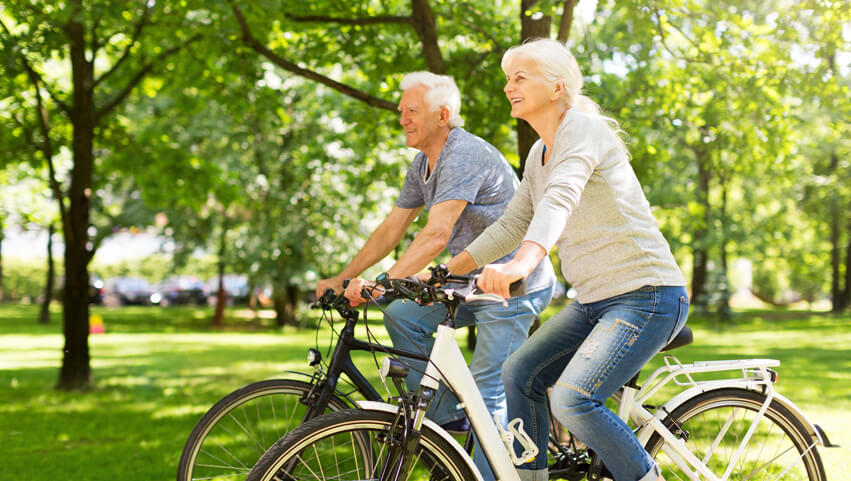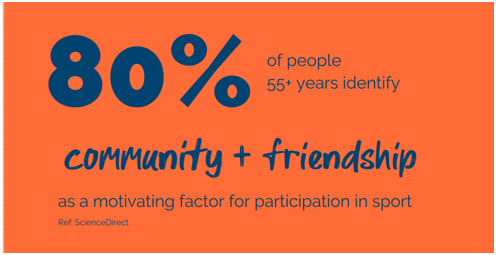Sports for all – at all ages!


By: Michelle Sabti
April 12, 2020
As of 2008, there were 506 million people in the world older than 65 years; in 2040, there will be 1.4 billion (Kinsella & He 2009). Subsequently our population health is expected to decline. Yet in research by ScienceDirect, when older adults play sport it can contribute to theexperience of positive and successful ageing.
Although it is well known that doing physical activity and engaging in sports in later years has compelling health benefits, the decline of people aged 55 yearsand above engaging in exercise is still widely reported.
Why do some older adults continue to play sports in later life? What are the driving factors?
In order to understand more, a significant review of tglobal reseach by Elsevier B.V. on behalf of Shanghai University of Sport,leveraged the results of 30 studies.
Not surprisingly, the findings identified that maintaining health and well-being are the main reasons people gave for participating in sports.
However, sport participation also provided three additional benefits:
(1) Opportunities for having social interactions, being a part of a community, developing relationships.

The importance of this factor should not be underestimated, given the increased risk of isolation and loneliness that older people experience and the negative impact this can have on their experience of ageing.
(2) Experiencing competition and achieving goals.
It was interesting to read that ‘competition’ still plays a role in motivating us to do sports in our older years, albeit maybe not in the traditional sense. It seems that as we get older, our spirits mature and, may I suggest,we are more comfortable in our skin. It seems the ‘competition’ factor is driven by a desire to test our own limitations, setting goals and achieving them! This reminds me of one of my favourite quotes from Ken Doherty, “The five S’s of sports training are: stamina, speed, strength, skill, and spirit; but the greatest of these is spirit.”
(3) Contributing to the overall sense of successful ageing.
Rowe & Khan, authors of ‘Successful Aging’ defined this as, “Multidimensional, encompassing the avoidance of disease and disability, the maintenance of high physical and cognitive function, and sustained engagement in social and productive activities.”More recently, the definition has been expanded to include emotional health and well-being.
For those of us not exercising currently, to leverage these benefits, the World Health Organisation (WHO) suggests that older adults should:
WHO : Information sheet: global recommendations on physical activity for health 65 years and above
Bottom Line – for so many more reasons than physical health benefits, we need to ensure that physical activity, to whatever level that we can is embedded into our lives as we get older. How could you incorporate some/more of the WHO’s recommendations in your exercise routine?
